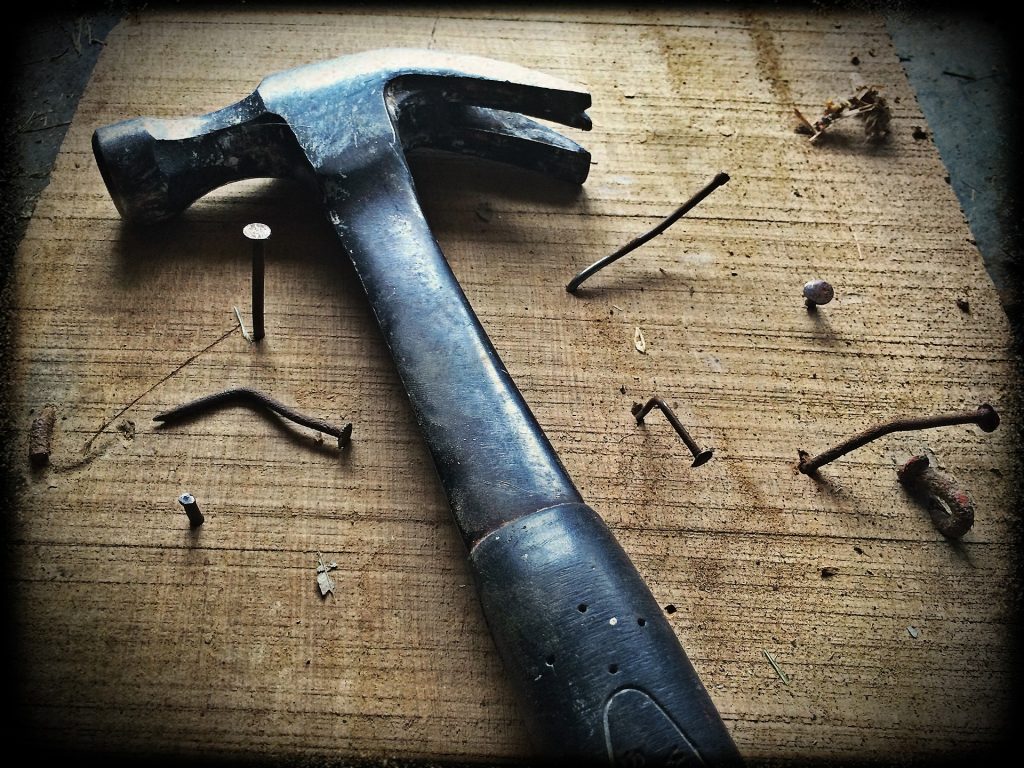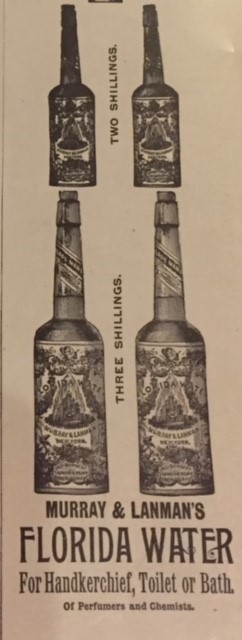‘The wolf in your handbag’ (2008), ‘The degradation of the kilt’ (1899) and ‘Poisonous stockings’ (1879) are some of the intriguing headlines of articles available via the library’s newspaper databases. Read on to find out more about how the library uses their online collections to inspire creativity and wonder.
On Sunday 26th October, it was my privilege to spend time with our very talented first year cohort of MA students and reveal the wonders of our historic newspaper databases to them. Let’s find out how the students used the news stories.
The obituary of Muriel Belcher (Times, 12 Dec. 1979, p. 16. The Times Digital Archive, Gale Primary Sources) acted as a catalyst for Steve and Amanda’s stories of Bohemian life. Whilst Steve imagined the conversation that Muriel might have had with artist Francis Bacon and Princess Margaret at the Colony Club, Amanda wrote a semi-autobiographical story of living in ‘digs’ in London, which was colourfully illustrated by scenes of her naked bacon-frying flatmate. Fears of spitting fat ensued!

Nathan was inspired by a 1936 news item in the Times entitled ‘Alleged Attack with Hammer’ (Times, 20 Feb. 1936. The Times Digital Archive, Gale Primary Sources) setting his story in a present-day university, in a chilling account of how partying can end disastrously.
Graeme used the front-page story ‘A “peeping Tom” discovered in a ladies’ swimming bath’ from The Illustrated Police News (5 August 1899, Gale Primary Sources), as a prompt to create his story set in East Ham baths, using his personal knowledge of the area to create a faithful description of the changing rooms and pool. Writing from the point of view of the accused, Graeme protested his innocence, retitling the piece ‘Doubted Tom’.
Marie, Elizabeth, Liam and Chris found the advertisements in a variety of original nineteenth century newspapers were excellent catalysts for their creative imaginations. An 1894 advert for Aspinall’s ‘Neigeline’ an arm, neck and face cream for all ladies in evening dress prompted a modern-day story about the harmful effects of whitening the skin. Marie created a convincingly strong, assertive female character who challenged controversial skin lightening cosmetics and advocated for beauty beyond colour. The denouement to the piece was a shock ending as the character is forced into an arranged marriage by her parents.

Elizabeth was inspired by an 1897 advertisement for Florida Water (The Illustrated London News, 26 Jun. 1897) to research more about the cologne using Gale Primary Sources (‘Wholesale smuggling’ Illustrated Police News, 27 Jul. 1889) The result was a three-hander sketch with a smuggler, an officer and a rating. In an hilarious skit, Elizabeth treated us to a story of life aboard ship, using authentic voices. (Still chortling!)
Liam’s imagination was also sparked by the advertisements in the Illustrated London News to plot the adventures of a travelling salesman, who sells the bizarre and wonderful items in the newspaper such as Cockle’s anti-bilious pills and ‘Myrtle Grove’ tobacco.
Jack wrote a futuristic flash fiction piece set in space, inspired by a 1920s gentleman’s outfitter’s advertisement with the strap line ‘correct styles’ imagining a world where ‘correct styles’ are enforced by more than just the demands of fashion. Scary!
Chris was inspired by the bizarre story of a disguised female detective, writing diary entries for the protagonist, with cliff-hangers to leave his audience guessing. Julie chose a news story about a lost wedding ring (‘Wedding ring lost at altar’, Nottingham Evening Post 28 May 1932) imagining the dismay and embarrassment of the bride as her wedding turns into a farce.
Helen found an article about a rumbustious Guy Fawkes celebration in Colchester in 1882 (‘Gunpowder plot’, The York Herald, 7 Nov. 1882, Gale Primary Sources) as the source for her piece, using the fantastic compound adjective ‘booze-bright’ to describe the eyes of the revellers, demonstrating how a slightly dry journalistic report can be reimagined with colour and detail.
Debbie and Katie preferred to stay in the 21st century, creating short stories inspired by news items from the Times. ‘Women in labour at night are left with no hospital consultants’ (Times, 26 Oct. 2016, Lexis Library Newspapers UK) sparked Debbie’s first-person narrative about a panicking husband arriving with his pregnant wife at a hospital late at night. Katie used ‘Autistic children can be helped by video training for parents’ (Times, 26 Oct. 2016, Lexis Library Newspapers UK) as a source for her story of a mother who finds her life unravelling as her child struggles to play.
As for me, poems such as ‘Blue book, yellow book, white book’ by Our benignant bibliophilist (Fun, 1 Nov, 1898, British Periodicals Collection, Proquest) set my imagination ablaze. Anyone who rhymes jingo with lingo, stingo and flamingo (but obviously never met a dingo) has to be admired!
I am indebted to the MA Creative Writing students for sharing their stories so generously with me.
If you would like to find out more about the library’s newspaper and periodical databases recommended for your subject, have a look at your subject guide.
 Library
Library Michelle Crowther
Michelle Crowther 988
988


